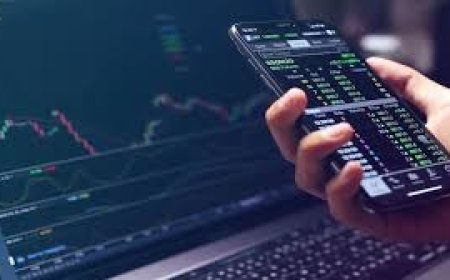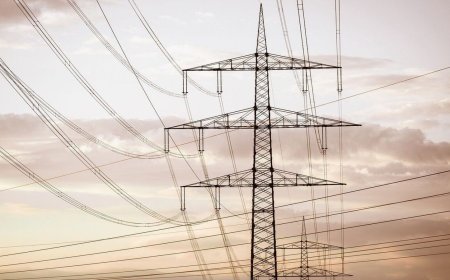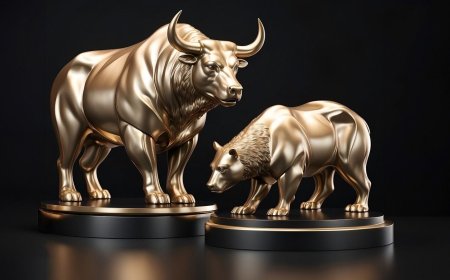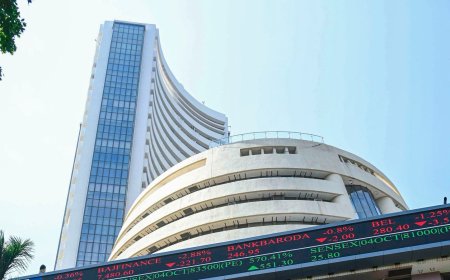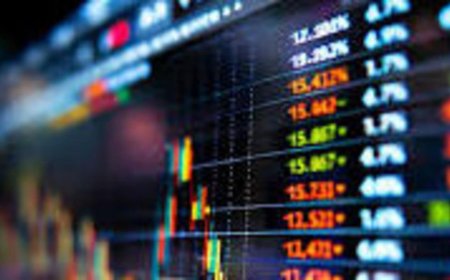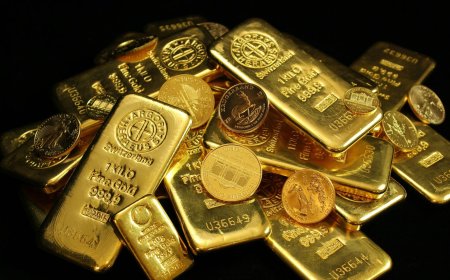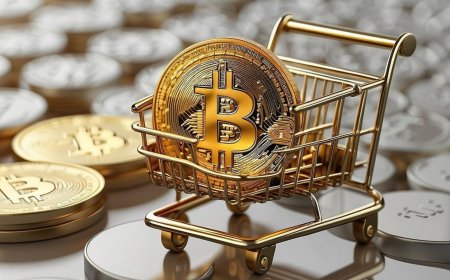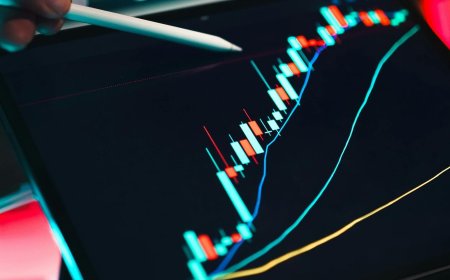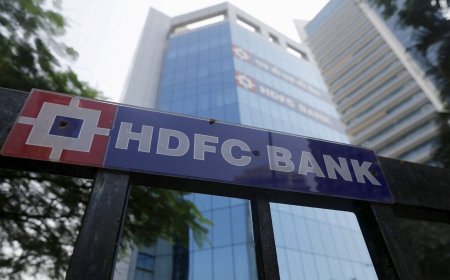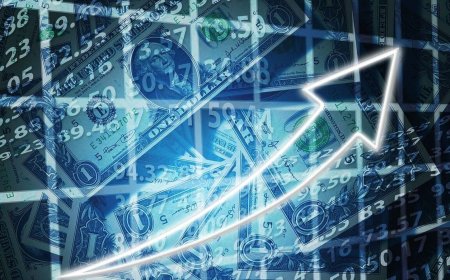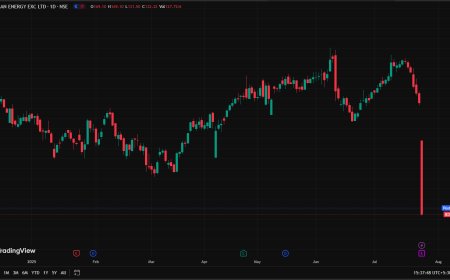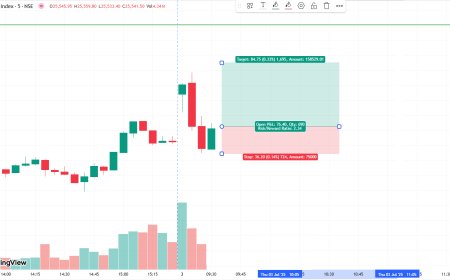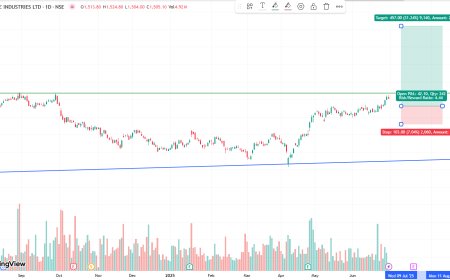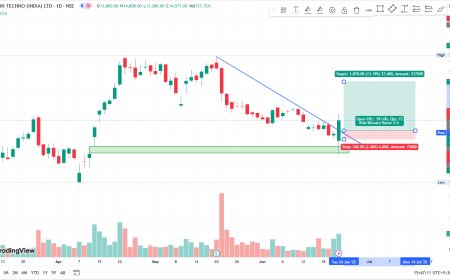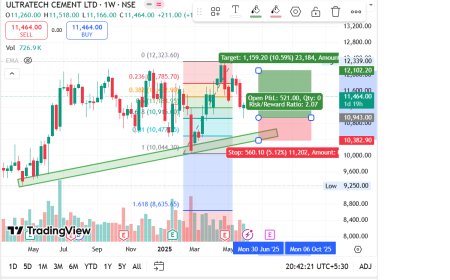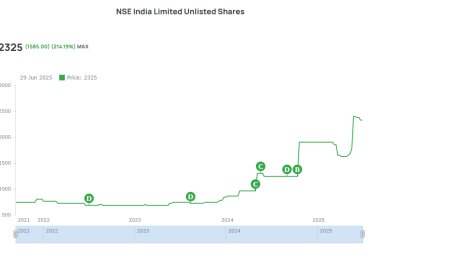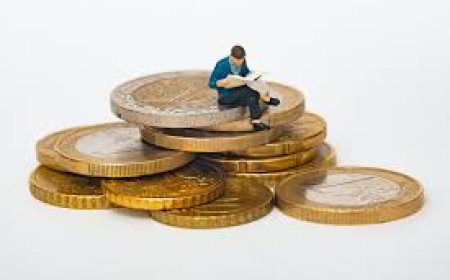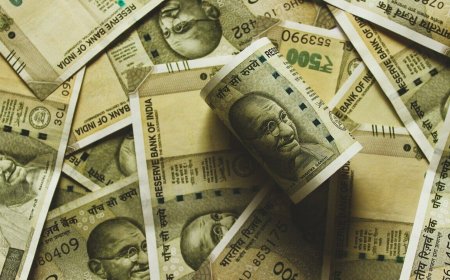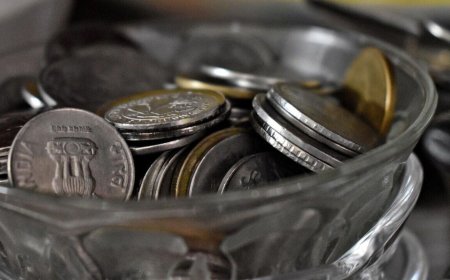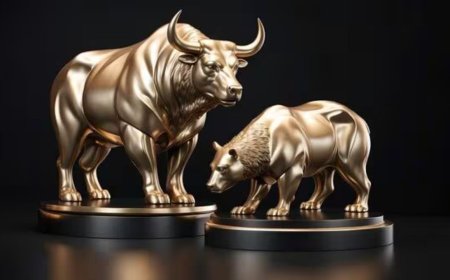Silver prices in India have pulled back after hitting an all-time high of ₹1.07 lakh per kilogram, sparking discussions among investors about whether this dip presents a buying opportunity. On June 10, 2025, silver futures for July delivery on the Multi Commodity Exchange (MCX) fell by 0.49%, or ₹525, settling at ₹1,06,562 per kilogram, with a trading volume of 21,551 lots. This decline follows a remarkable rally that saw prices surge by 1.43% on June 9, briefly touching ₹1,07,073 per kilo. With geopolitical tensions, industrial demand, and economic uncertainties shaping the market, analysts are weighing in on whether now is the right time to invest in the white metal.
Market Context: What Drove the Surge and Pullback?
Silver’s recent rally has been fueled by a combination of macroeconomic and industrial factors. Geopolitical tensions, particularly in the Middle East and Eastern Europe, have bolstered silver’s appeal as a safe-haven asset. Additionally, robust demand from industries such as electric vehicles (EVs), solar energy, and electronics has supported prices, given silver’s critical role in these sectors. According to a Motilal Oswal report, silver has seen a year-to-date (YTD) upside of approximately 15% in 2025, driven by these dynamics.
However, the recent price drop reflects profit-taking by investors after the record high. “Silver prices were pressured by investors selling at current market levels,” noted Jigar Trivedi, Senior Analyst at Reliance Securities. “Despite the pullback, the long-term outlook remains positive due to supply constraints and sustained industrial demand.” The global silver market also saw a slight uptick, with spot silver rising 0.9% to $36.30 per ounce, indicating that the domestic dip may be temporary.
Analyst Insights: Bullish Outlook Amid Volatility
Analysts remain optimistic about silver’s prospects despite the recent correction. “In the near term, we recommend taking a long position at ₹1,06,530, targeting ₹1,08,000,” said Trivedi. “Downside consolidation is expected between ₹1,01,000 and ₹1,03,000, supported by inflation, safe-haven demand, and policy uncertainty.” This view aligns with forecasts from Motilal Oswal, which predicts silver could reach ₹1.20 lakh per kilogram in the medium to long term.
NS Ramaswamy, Head of Commodities at Ventura, emphasized silver’s strong momentum. “The upside trajectory is intact, with traders eyeing $38 to $40 per ounce globally. In India, this translates to potential highs above ₹1,10,000 per kilo,” he said. However, Ramaswamy advised caution, noting that volatility could persist due to fluctuations in the Indian Rupee against the U.S. dollar and global economic cues, such as U.S. Federal Reserve interest rate decisions.
Why Silver? The Investment Case
Silver’s appeal lies in its dual role as both a precious metal and an industrial commodity. Unlike gold, which is primarily valued for investment and jewelry, silver benefits from growing industrial applications, particularly in green technologies. “Silver’s demand from EVs and solar sectors is a game-changer,” said Rahul Kalantri, Vice-President at Mehta Equities. “With supply deficits projected for 2025, the metal’s growth potential is higher than gold’s, though it comes with greater volatility.”
For investors, silver offers a hedge against inflation and currency depreciation. The Indian rupee’s movement against the U.S. dollar also impacts domestic prices. A weaker rupee can make silver’s price more expensive in India, even if global prices stabilize. Additionally, silver’s lower price compared to gold makes it an attractive alternative for retail investors. “At ₹1 lakh, silver remains more affordable than gold, which is trading above ₹74,000 per 10 grams,” Kalantri added.
Risks to Consider
While the outlook is bullish, silver’s price is not without risks. Its hybrid nature makes it sensitive to both economic downturns and industrial demand fluctuations. A stronger U.S. dollar or a slowdown in industrial activity could cap price gains. Moreover, high volatility may deter conservative investors. “Silver’s price swings can be sharp,” warned Trivedi. “Investors should allocate 12-15% of their portfolio to silver, balancing it with gold for stability.”
Investment Options in Silver
Investors have multiple avenues to gain exposure to silver in India:
-
Physical Silver: Coins, bars, and jewelry are popular choices, though storage and purity checks are essential. Hallmarking ensures quality, and buying from certified jewelers or banks is advisable.
-
Silver Futures: Trading on the MCX allows investors to speculate on price movements, though this is suited for those with market expertise.
-
Silver ETFs: Exchange-traded funds offer a low-cost, liquid way to invest without physical storage concerns.
-
Silver Stocks: Companies like Hindustan Zinc, a major silver producer in India, provide indirect exposure. The company’s shares jumped 3% after silver crossed ₹1.05 lakh per kilo on June 6.
Is Now the Right Time to Invest?
The recent price dip could be a strategic entry point for long-term investors. “Buying on dips toward ₹1,01,000-₹1,03,000 is advisable,” said Ramaswamy. “Silver’s fundamentals remain strong, and the correction is likely short-lived.” However, investors should assess their risk tolerance and investment horizon. Those seeking short-term gains may face volatility, while long-term investors could benefit from projected price targets of ₹1,10,000-₹1,23,000 per kilo.
For retail investors, diversifying across physical silver, ETFs, and stocks can mitigate risks. Consulting certified financial advisors is recommended to tailor investments to individual goals. As Kalantri noted, “Silver’s rally is far from over, but patience and discipline are key.”
Silver’s price retreat after reaching ₹1.07 lakh per kilo has opened a window for investors to evaluate its potential. With strong industrial demand, geopolitical uncertainties, and a favorable long-term outlook, silver remains a compelling investment. While risks like volatility and currency fluctuations persist, strategic buying during dips could yield significant returns. As the market evolves, staying informed and consulting experts will be crucial for navigating silver’s bright yet turbulent path.
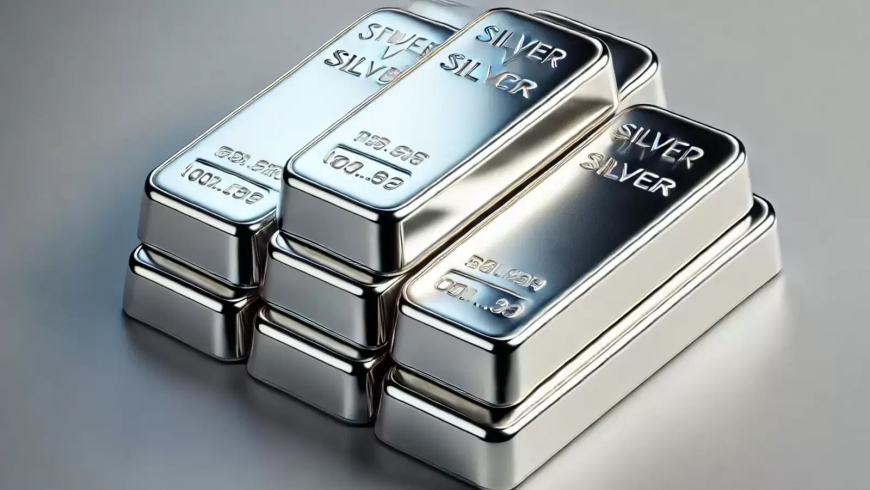
 Like
1
Like
1
 Dislike
0
Dislike
0
 Love
0
Love
0
 Funny
0
Funny
0
 Angry
0
Angry
0
 Sad
0
Sad
0
 Wow
0
Wow
0
